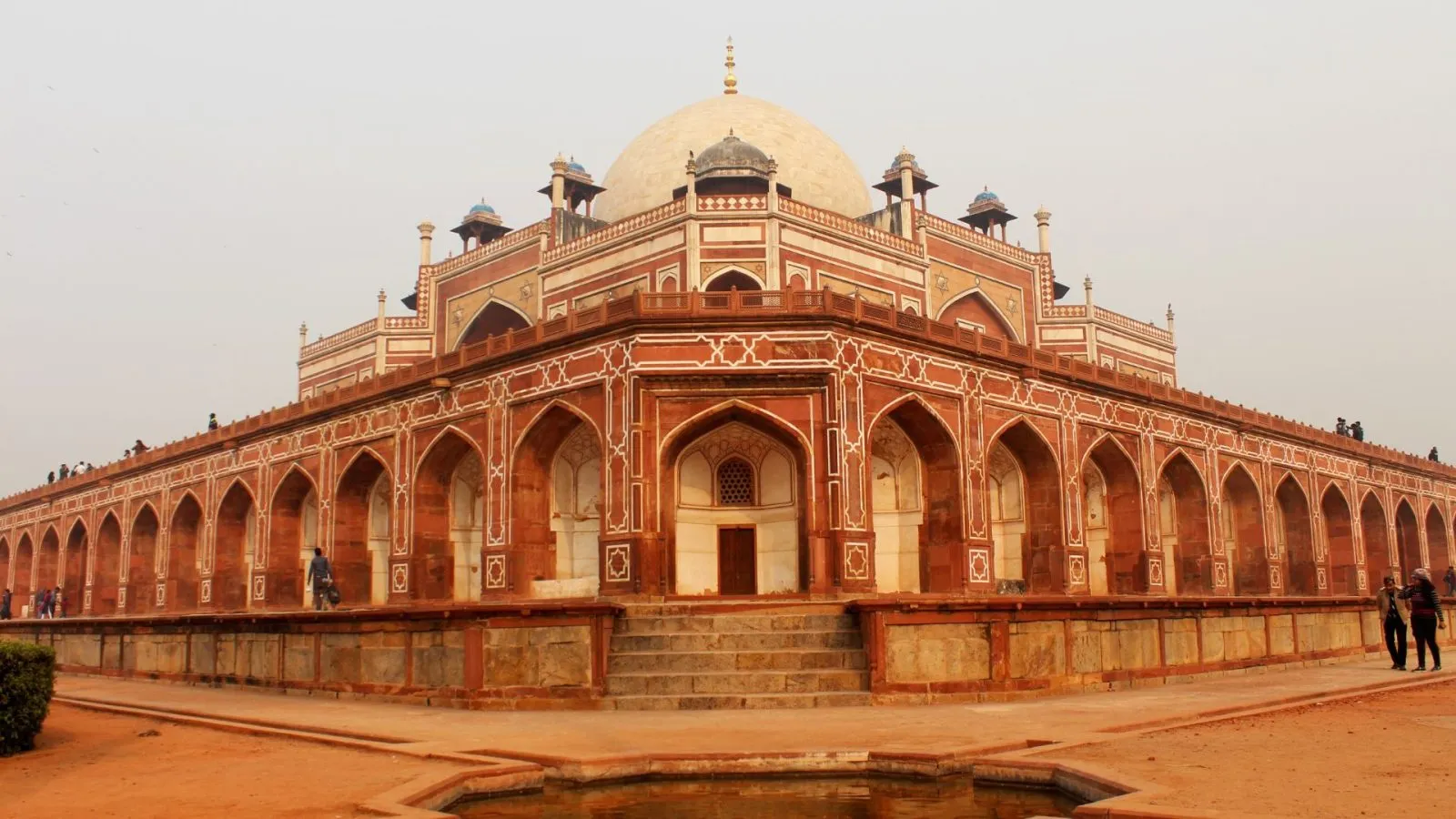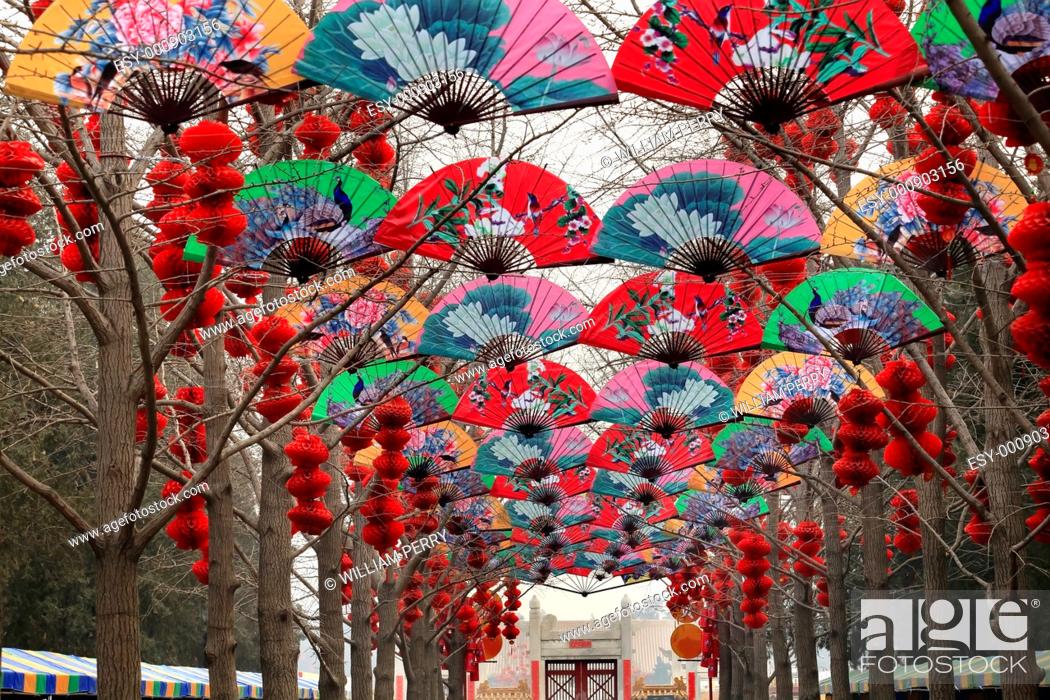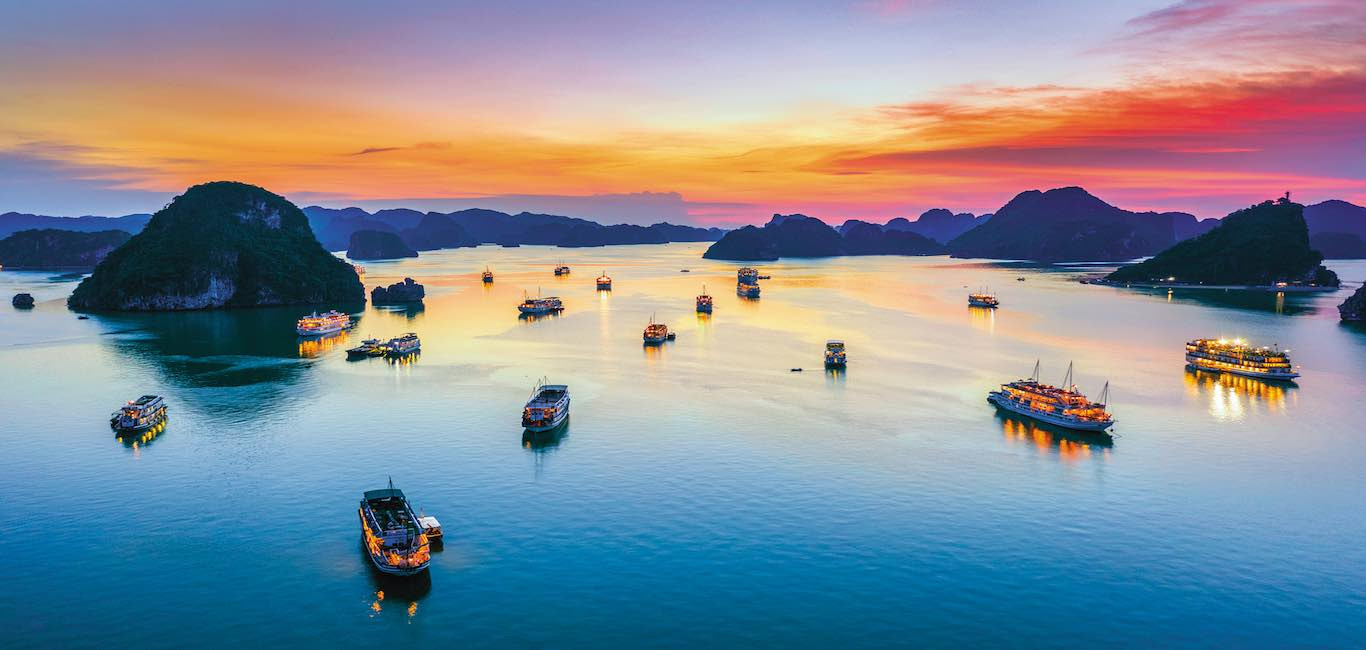First Timer’s Guide to India — Everything You Need to Travel India
People often ask why we keep returning to India.
Besides the many charming sights, I think what a lot of other travellers in India will agree with, is how this often misunderstood country surprises you with some of the most amazing experiences when you least expect it.
Every trip to India teaches us something new about ourselves and the world around. It doesn’t just nudge you out, but expands your comfort zone. And for us, if there’s one thing to love about travel, this is it and this is exactly what India has to offer.
Without discounting it’s reputation for safety, I’m a firm believer that misfortune can really happen anywhere — whether you’re travelling in China, the Americas or even in Europe — but especially to the unaware.
Maybe seeing the Taj Mahal is on your bucket list, maybe you’ve heard great things about furthering your practice in the yoga capital of the world — whatever adventures it may be, I hope this guide will equip you with enough confidence to venture out and chase these experiences for yourself.
Fun things to know before your first trip to India
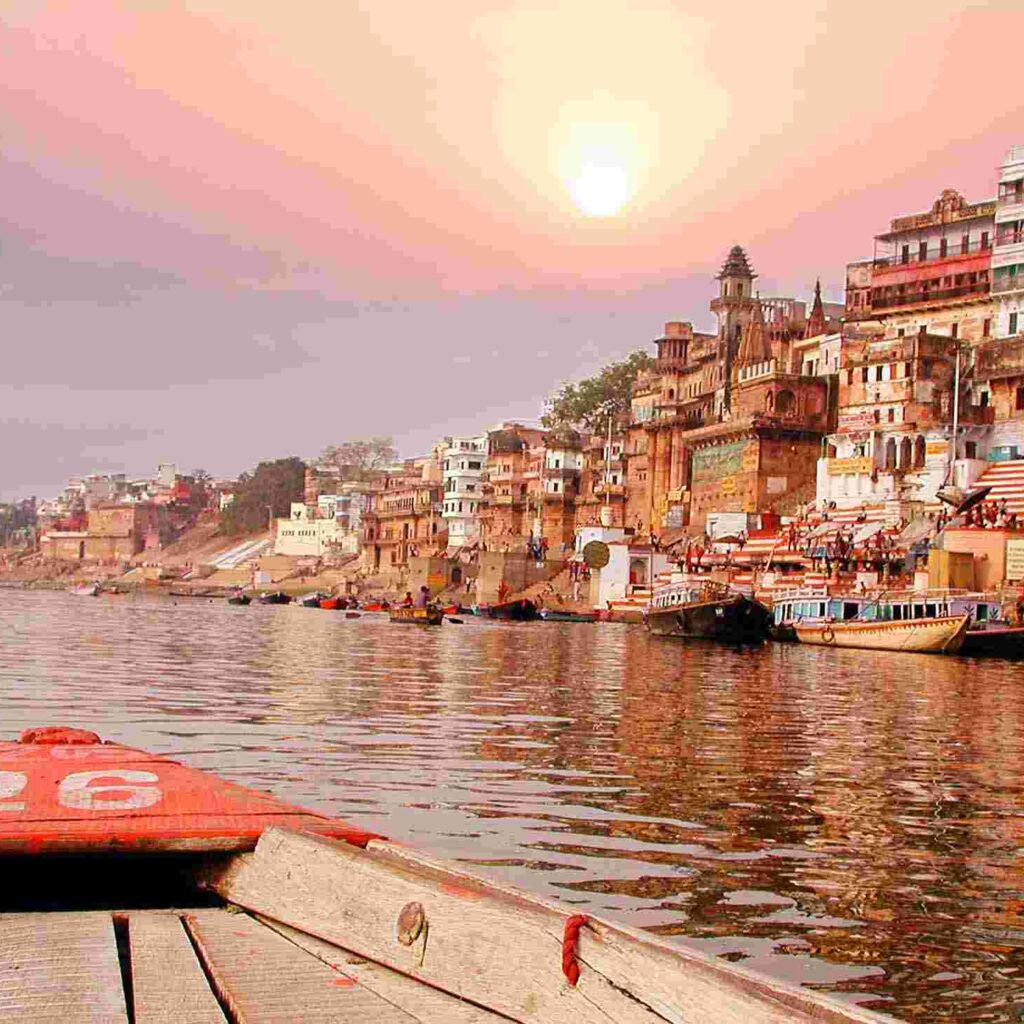
India is HUGE. To be exact, it is 4591 times bigger than Singapore, 8.7 times bigger than Japan and takes up about 7% of Asia.
Fun facts aside, even the locals say visiting another city in India is almost like visiting a whole new country. The landscape changes, the architecture changes, but the biggest most interesting difference is the people who call the city home.
Language: Many may not know this, but the majority of Indians are educated in English. Bigger cities have a better command of it but in general, the people you need to speak to will understand enough to help you out.
Like in any country, I make it a point to pick up a couple of local phrases as it shows your sincerity in getting to know the country. The 2 main local languages you’re most likely to come across are Hindi and Tamil. Here’s some phrases you might find helpful:
| HINDI | TAMIL | |
|---|---|---|
| Hello | Namaste | Vanakkam |
| Thank You | Dhan yavaad | Nandri |
| Water | Paani | Tannir |
| Awesome/Unbelievable | Ajooba | |
| Joking | Mazaak |
Prepare to be stared at: This is probably the first thing you’ll notice when you step out of the airport. It might feel a little violating at first but it helps to be a little more accepting that in this side of the world, it isn’t meant as an insult but a show of curiosity.
The point is, it’s not about what you’re wearing. You’re being stared at simply because you’re a foreigner and the locals are curious. You get a lot less of it in some of the more modern cities like Bangalore — who really don’t bother you at all — but in other “first timer” cities like Delhi, Agra and Jaipur, this will be expected.
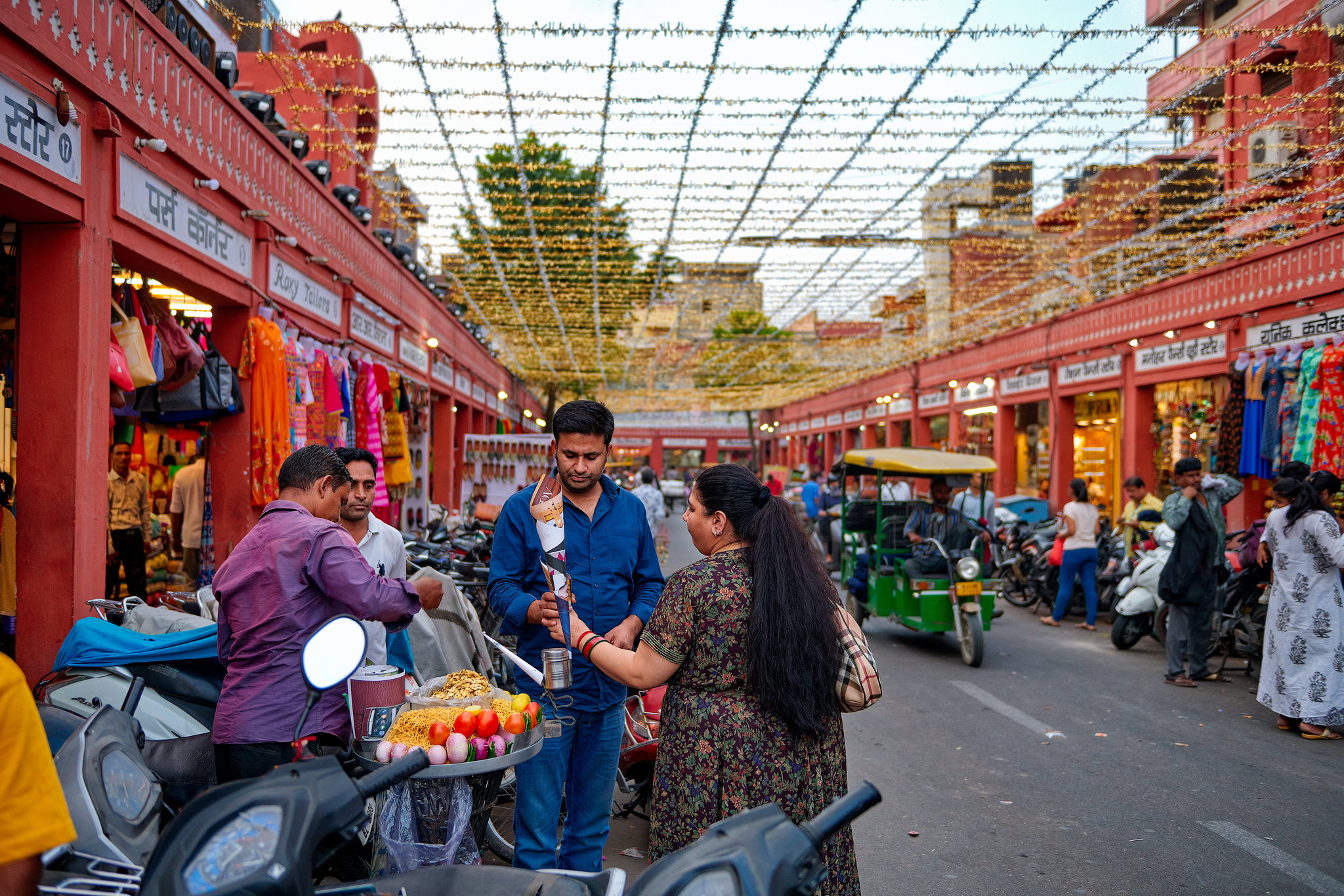
In popular tourist places like the Taj Mahal, you can also expect to get ask a bunch of times for photos together with strangers. Don’t get annoyed when it happens. Once, we even had a baby handed to us asking if the baby could have a photo with us — why not hahah.
If you’d rather not have your photo taken, a firm “no” will suffice. Most will walk away and look for other foreigners to try their luck with.
Understand IST (Indian Standard Time): Geographically, India is 2.5 hours behind Singapore — but that’s not really the point of this point
Its pace of life is also probably about 2.5 times slower and we would all be a lot happier just accepting that.
Some common scenarios include waiting to purchase your train tickets, having your baggage checked ultra thoroughly at attractions, or your intercity train arriving at the destination hours past its scheduled time.
That’s why it’s always super crucial to factor in extra time in your itinerary and know that being annoyed will not speed anything up. Instead, be friendly, help them out by presenting information as clearly as possible. Patience is indeed a virtue around here.
That said, we’ve also had Auto (tuk-tuk) drivers on multiple occasions, whisk us off to our destination initial-D style when he knew we were urgently trying to catch a train or bus so yes, they can speed things up too when you communicate clearly and nicely.
Apply for an India Visa:
A tourist visa for Singaporeans lasts for 6 months with unlimited re-entires within that period. The price seems to increase every year but as of June 2017 it is US$47.
Documents required before heading to a BLS International Service Centre (International Plaza or Sim Lim Tower):
Passport (with more than 6 months validity and 2 blank pages), fill and print this form, 2 Passport sized photos (showing your ears and eyebrows), photocopy of your passport, photocopy of your IC.
E-Visa: The more fuss-free alternative is applying for an E-visa. Everything is done online and the confirmation usually arrives in your inbox within 24 hours.
*Print out the confirmation! You will be using this printout at the immigration during arrival. Note that the queues for E-visa & physical visa will be different.
| Physical Visa | E-Visa | |
|---|---|---|
| Cost | US$47 | US$25 |
| Processing Time | 3-5 days | 24 hours |
| Entries | Multiple | Double |
| Valid for | 6 months | 2 months |
Packing Tips
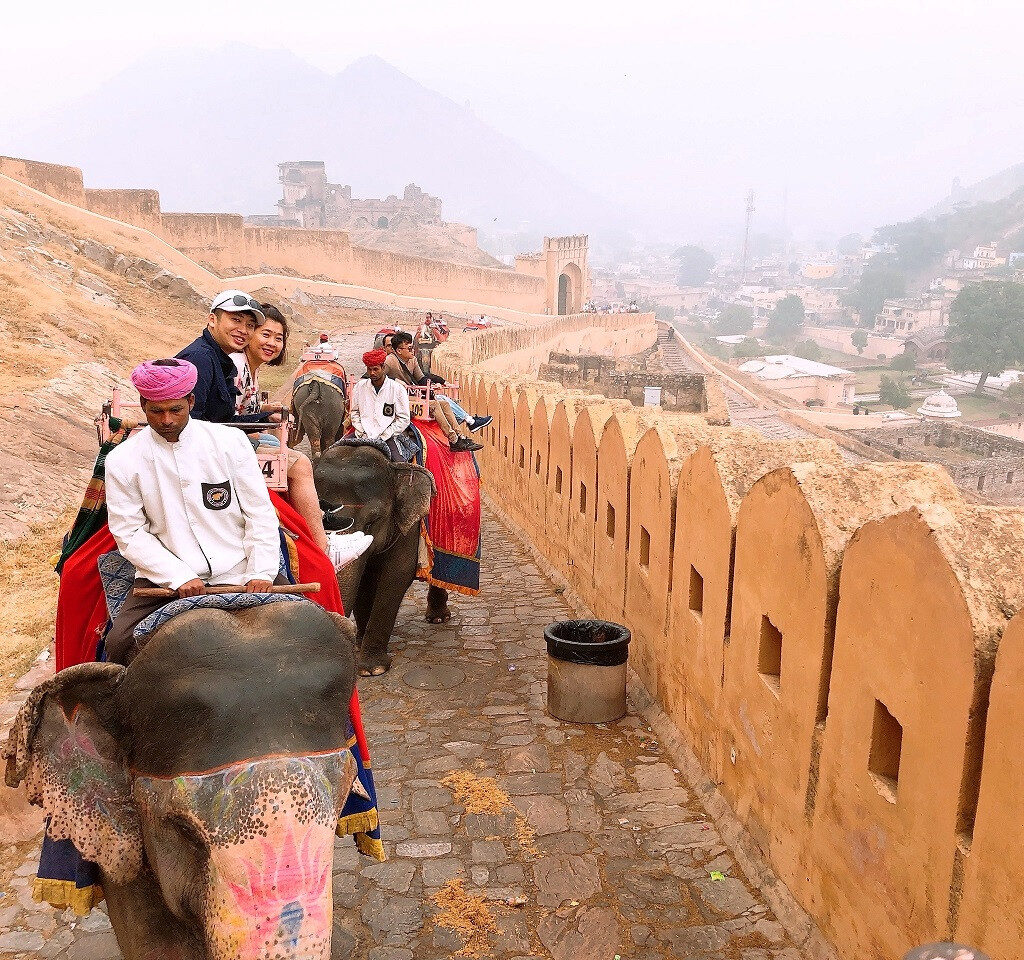
Bag: No matter which part of India, we’ve concluded that backpacks are the way to go. They fit in the back of Autos (auto rickshaws), in the tight overhead space on intercity buses and great as a pillow on overnight trains.
Get one with a lock so you can leave them at the accommodation or the train station’s cloak rooms when you have hours between check out and your next transport out. It also gives you a peace of mind when you’re on overnight transport.
We personally love the 44L Cabin Zero as it’s super spacious while compact enough to pass through carry-on for flights. The zips are sturdy, locks conveniently and opens up all the way to ease packing and unpacking.
Clothing: Check the weather beforehand as Indian winters can get quite chilly — especially places like the Golden Triangle area and the northern regions like Rishikesh, Dharamshala and Kashmir.
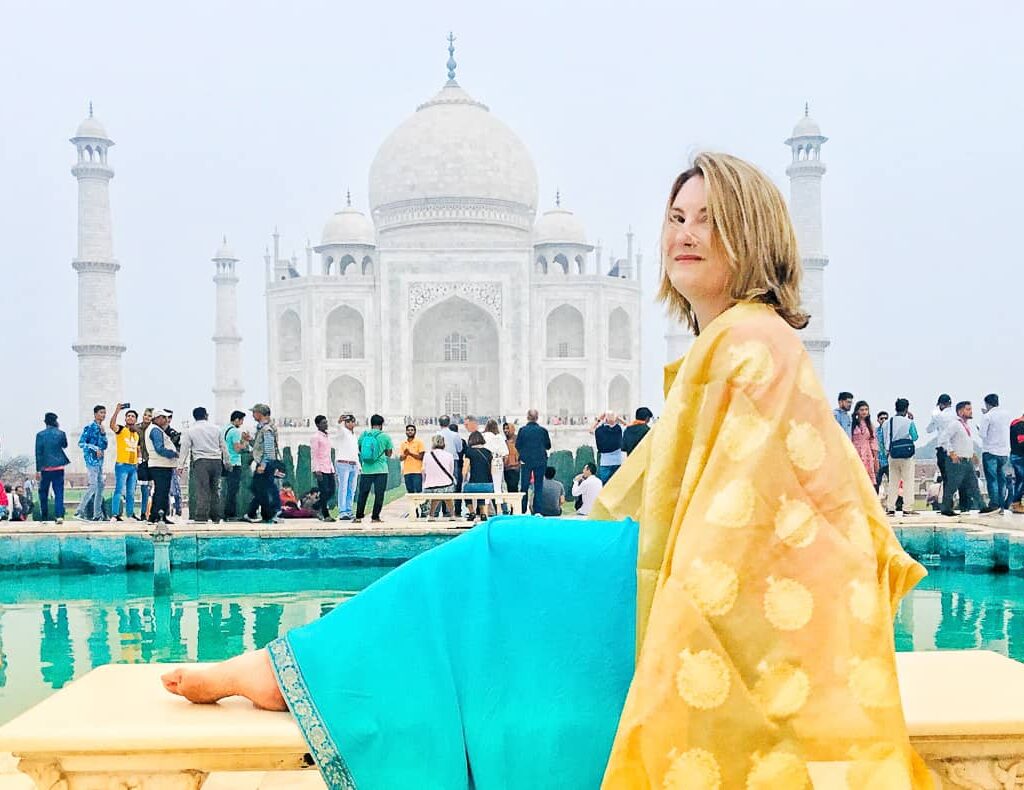
For the girls: You might have been told to cover up your shoulders to avoid attention but with summers as hot as 46 degree celcius in some months, it just doesn’t make sense to be in long sleeves. Even the local women don’t wear long sleeves.
The reality is (as mentioned earlier), people will stare regardless of what you wear just because you’re a foreigner. Of course, super short shorts might attract a lot more attention than you’re comfortable but short or sleeveless tank tops are generally accepted and essential especially in the hottest months of April and May.
Locals are always barring their mid drifts so cropped tops are fine.
Footwear: Good walking shoes! Temples and palaces can be huge and a lot of them aren’t accessible by vehicles. There are also lots of great hiking spots so walking shoes are definitely essential. That and a sturdy pair of flip flops.
Toiletries: Unless you’re staying in 5 star hotels, most accommodation options (especially hostels) will not provide toiletries so definitely bring your own.
Other Essentials:
Lonely Planet (digital) — The ultimate resource for India
2 pocket sized locks — for hostel lockers and bags
Lightweight travel towel
Vitamins for immunity — I always pack Chorella & garlic tablets
SIM Card pin — for iPhones
INR Currency — rates are much better changed from home country
Neck pillow & Eye mask — for overnight transport
Ear plugs — in case there’s a snorer in the dorm or the bus
Sleeping bag liner — optional but good to have
Water bottle — hostels usually provide safe filtered water
Packet tissue & Wet wipes —Toilet paper is not common in public toilets
Which city to start?
Most of the travellers I’ve met in India plan to stay anywhere from 3 weeks to a year. But that’s also because India is usually more than an 12 hour flight so they want to maximise the value of the flights and Visa. Thankfully, most Indian airports are a 4-6 hour flight away from Singapore so it still makes sense to try out a couple of week long trips.
Scoot flies to 8 cities in India — Amritsar, Bangalore, Chennai, Hyderabad, Jaipur, Kochi, Tiruchirapalli and Lucknow — all under a 6 hours flight.
Whether it’s a one week taste-test or a month long yoga program you’re looking for, here’s a few week long routes you can put together for an extended trip or for a quick adventure out.
1) Golden Triangle
Jaipur – Agra (Taj Mahal) – Delhi
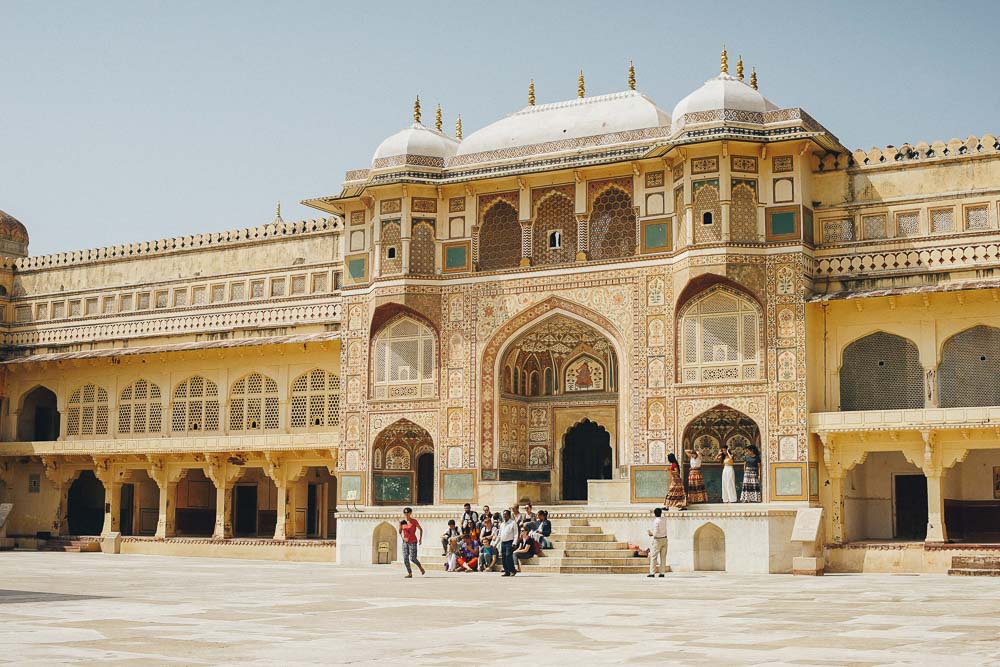
Fly in to Jaipur, 3.5 hour train to Agra, 5.5 hour train or 3 hour bus to Delhi, 5 hour train or bus to Jaipur to fly back to Singapore.
If you’re short on time, I personally think Delhi can be skipped so you can spend more time in Jaipur.
2) Heritage Arc
Lucknow – Varanasi – Gara
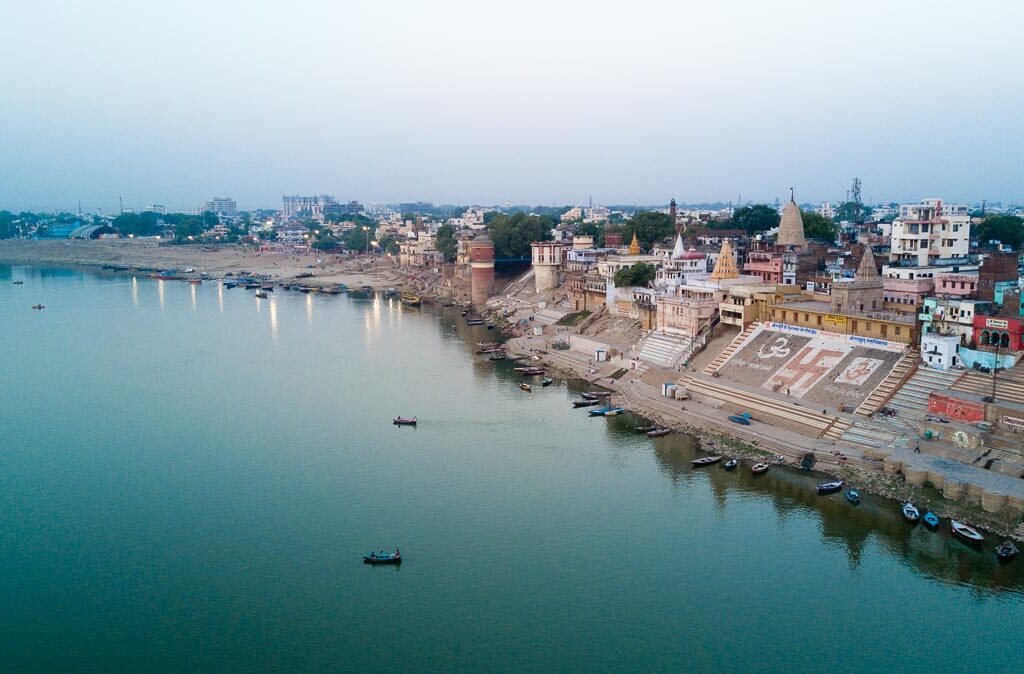
Fly in to Lucknow, 7 hour overnight bus to Varanasi, 10.5 hour train to Agra (suggest getting 2/3AC for this ride), 6 hour train to Lucknow to fly back to Singapore.
Alternatively, we’d recommend a modified Heritage Arc that includes Jaipur:
Jaipur – Agra – Varanasi – Lucknow
Fly in to Jaipur, 3.5 hour train to Agra, 10.5 hour train to Varanasi, 6 hour train to Lucknow to fly back to Singapore. That way you won’t be backtracking too much.
3) For Yoga
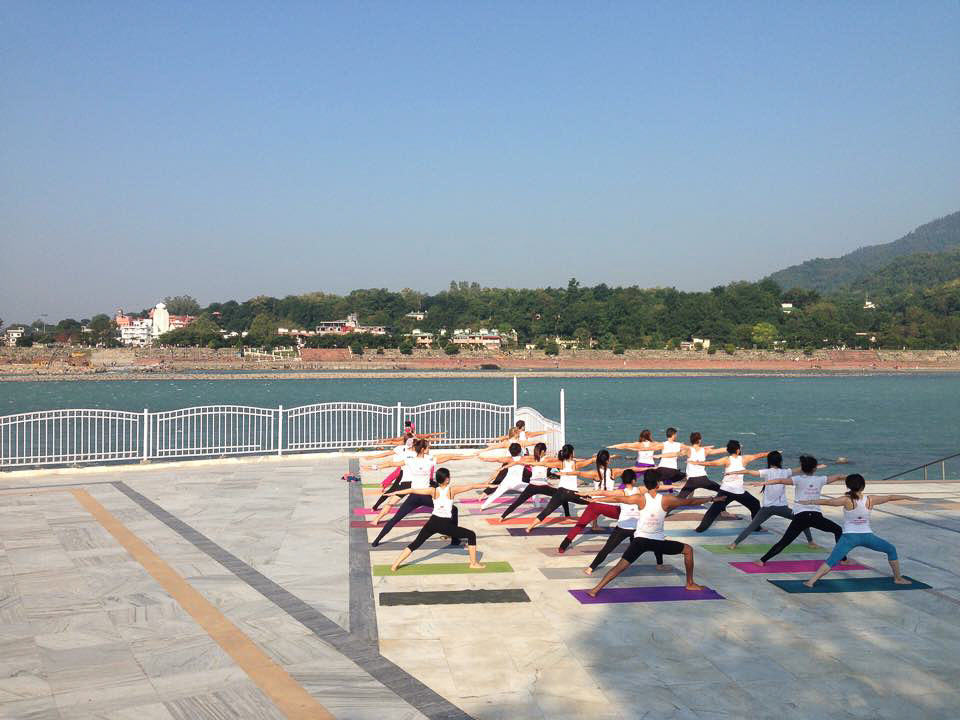
If you’re looking to sign up for yoga, Mysuru and Rishikesh are the famous cities for it. Most teacher training courses start in October till March.
Mysuru: Fly in to Bangalore, take a 3 hour bus to Mysuru (there’s even one leaving from the airport hourly).
Rishikesh: Fly in to Lucknow, take a 1.5 hour flight to Dehradun (1.5hours to Rishikesh by Taxi). Alternatively, fly to Delhi where there are many 8 hour buses to Rishikesh from Delhi ISBT.
4) Rock Climbing
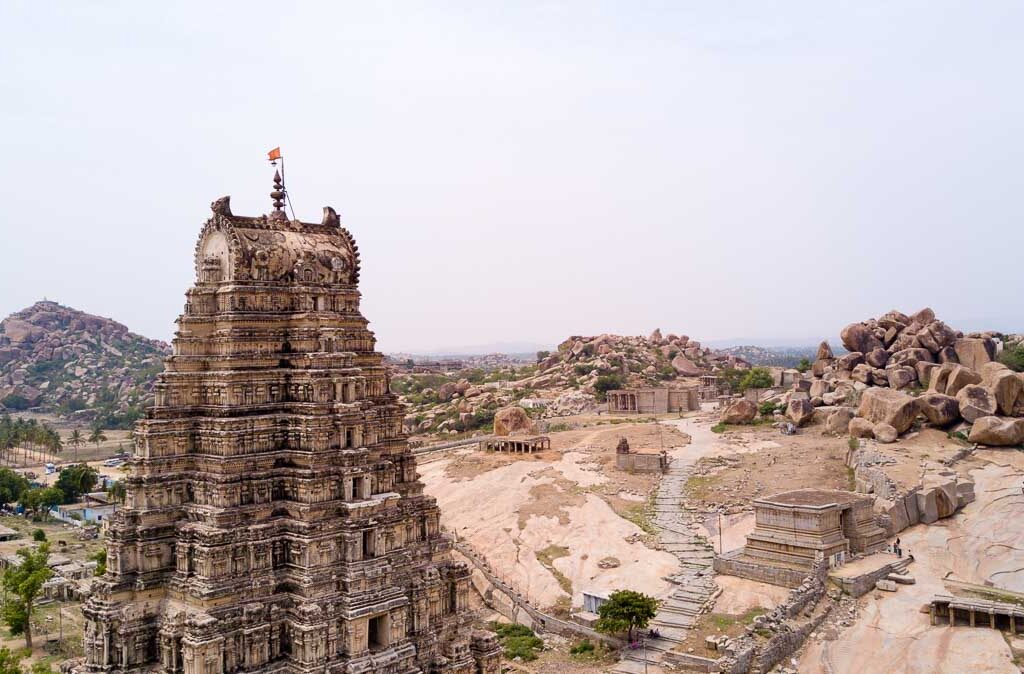
Hampi: Fly in to Bangalore, take a 9 hour sleeper bus to Hosapete (20 min Auto ride to Hampi).
5) For Hiking
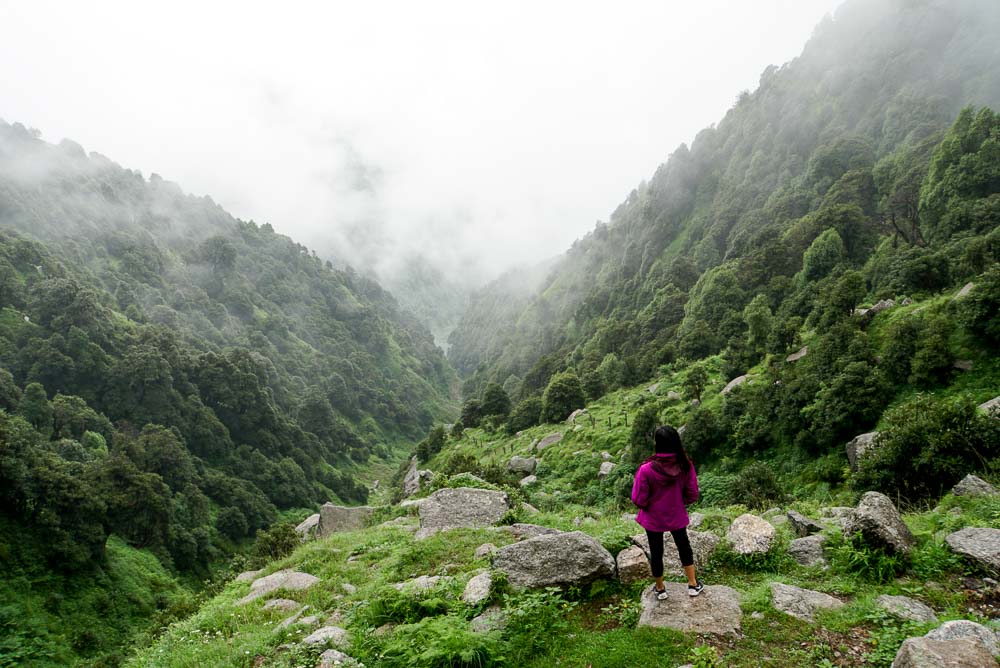
From single day hikes to 6-day camping hikes, you can find gorgeous routes in Dharamshala, also home to the Dalai Lama.
Dharamshala: Fly in to Amritsar, take a 6.5 hour sleeper bus to Dharamshala.
*Sleeper bus means you get to lie flat. Super comfy for an overnight ride.
Best Times to Visit India
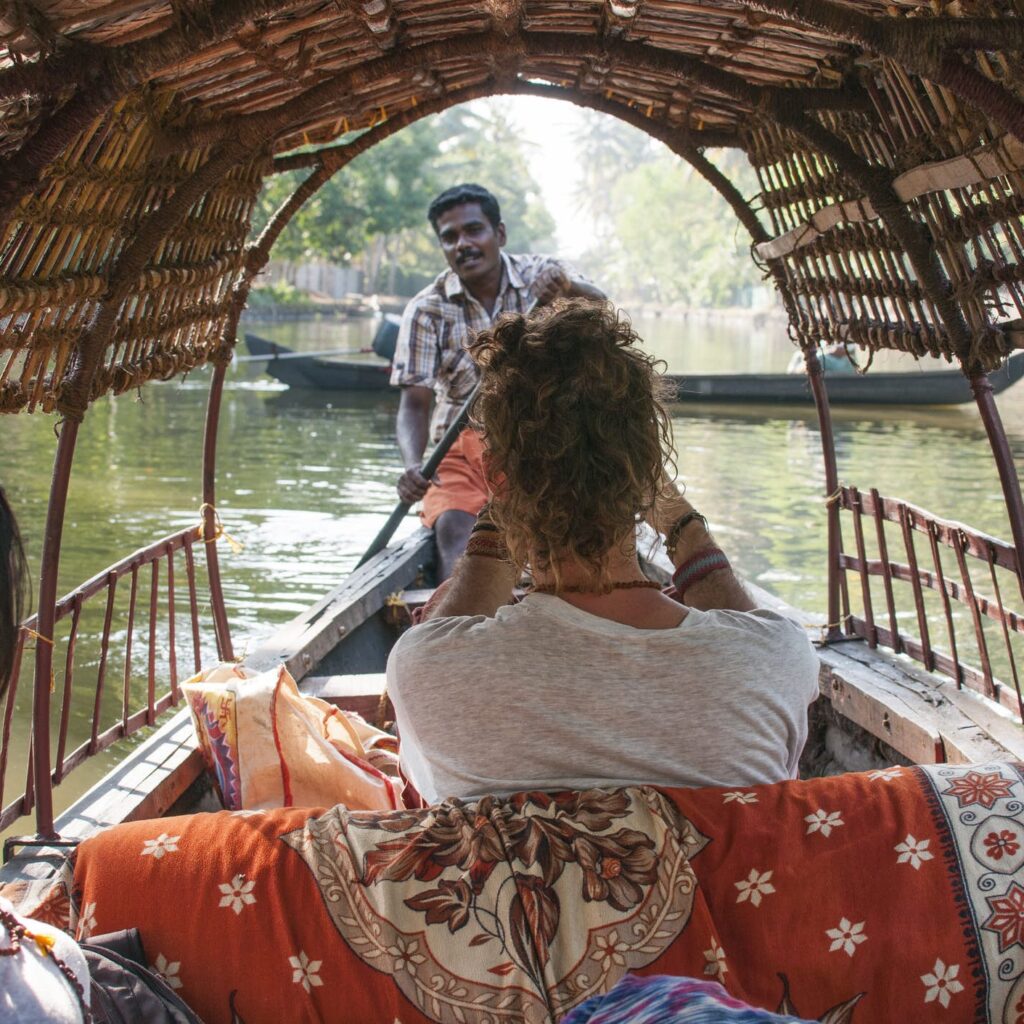
Oct – Mar: This is the peak travel season around India. Monsoon has ended and the weather starts to get cooler. Most yoga programs start in October, and March is when the famous Holi Festival (also known as festival of colours) is celebrated. Holi in 2018 will be on the 2nd of March!
Apr – June: April starts to get warmer with May being the hottest time of the year — temperatures can go as high as 48 degrees celcius. Chug loads of water if you find yourself in India at this time.
Mid June – Mid September: Monsoon season. The temperature will be a lot more comfortable but factor extra time to stay in for days when it pours. Some treks might be closed off for the season.
